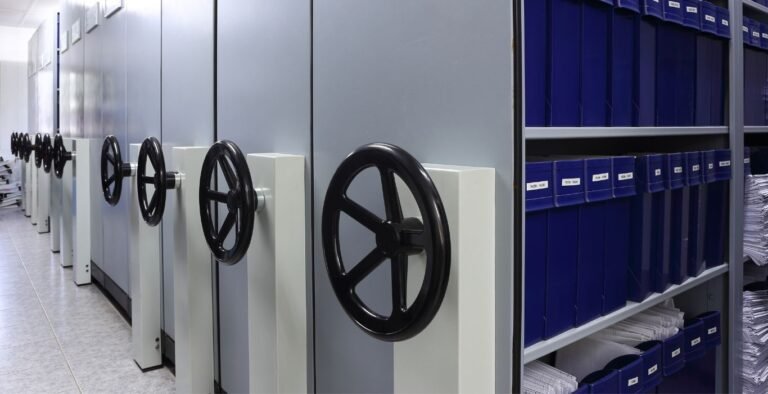5 Common Conditions Treated by Interventional Radiologists
As a specialist branch of medicine, interventional radiology (IR) uses imaging methods to conduct minimally invasive treatments that may effectively treat a range of disorders without the need for open surgery. Patients may have faster recovery periods, less discomfort, and fewer problems as a consequence of these cutting-edge operations. The following lists five frequent problems that interventional radiologists treat, along with an explanation of the procedures involved and a focus on the possible advantages for patients.
1. Varicose Veins
Overview
Varicose veins are swollen, twisted veins that often appear on the legs and can cause discomfort, aching, and swelling. They occur when the valves in the veins become weakened, leading to blood pooling and increased pressure.
Interventional Radiology Approach
For patients with varicose veins, interventional radiologists often recommend endovenous laser therapy (EVLT). This procedure involves several key steps:
- Preparation: The patient is positioned comfortably, and local anesthesia is administered to numb the treatment area.
- Guidance: Using ultrasound imaging, the radiologist locates the affected vein.
- Laser Treatment: A thin catheter with a laser fiber is inserted into the vein. The laser energy heats the vein, causing it to collapse and seal off.
- Post-Procedure Care: After the procedure, patients typically wear compression stockings to support the healing process.
Benefits
Patients often experience significant symptom relief, reduced pain, and improved appearance of their legs. Since EVLT is minimally invasive, it allows for a quicker recovery, enabling patients to return to their daily activities sooner.
2. Uterine Fibroids
Overview
Uterine fibroids are noncancerous growths in the uterus that can cause heavy menstrual bleeding, pelvic pain, and pressure on surrounding organs. Many women experience fibroids, but symptoms can vary widely.
Interventional Radiology Approach
Uterine artery embolization (UAE) is a common procedure used to treat symptomatic fibroids. The process includes:
- Preparation: Patients are given sedation and local anesthesia for comfort.
- Catheter Insertion: A catheter is inserted through the femoral artery and guided to the uterine arteries using imaging technology.
- Embolization: Small particles are injected to block blood flow to the fibroids, causing them to shrink over time.
- Recovery: Patients typically return home the same day and can gradually resume their normal activities.
Benefits
UAE is effective in reducing symptoms without requiring major surgery. It preserves the uterus, making it an excellent option for women seeking to manage fibroids while retaining reproductive potential.
3. Blocked Arteries
Overview
Blocked arteries can result from a buildup of plaque, leading to reduced blood flow and increasing the risk of serious health issues such as heart attack or stroke. Symptoms may include chest pain, leg pain, or numbness.
Interventional Radiology Approach
Interventional radiologists often perform angioplasty and stenting to treat blocked arteries. This procedure involves:
- Preparation: Patients receive sedation and local anesthesia.
- Accessing the Artery: A catheter is inserted through a small incision in the groin and navigated to the site of the blockage using fluoroscopy.
- Balloon Inflation: A balloon is inflated at the blockage site to compress the plaque and widen the artery.
- Stent Placement: A stent is placed to keep the artery open.
- Recovery: Patients are monitored for a short period before being discharged, often the same day.
Benefits
This approach restores blood flow effectively and minimizes recovery time. Patients can often return to normal activities within days, experiencing reduced risk of complications associated with blocked arteries.
4. Back Pain
Overview
Back pain can stem from various conditions, including herniated discs, spinal stenosis, or degenerative disc disease. Chronic pain can severely impact daily life and activities.
Interventional Radiology Approach
Epidural steroid injections are a common IR treatment for alleviating back pain. The process includes:
- Preparation: Patients are positioned for comfort, and local anesthesia is used.
- Imaging Guidance: The radiologist uses fluoroscopy or ultrasound to locate the epidural space.
- Injection: A mixture of corticosteroid and anesthetic is injected into the epidural space to reduce inflammation and relieve pain.
- Post-Procedure Monitoring: Patients may be observed briefly before discharge.
Benefits
These injections provide quick pain relief and can enhance mobility, allowing patients to resume normal activities. This procedure is minimally invasive and typically involves fewer risks than more invasive surgical options.
5. Kidney Stones
Overview
Kidney stones are hard mineral deposits that form in the kidneys, causing severe pain and urinary problems when they pass through the urinary tract.
Interventional Radiology Approach
For larger kidney stones, percutaneous nephrolithotomy (PCNL) is often recommended. The steps involved are:
- Preparation: The patient is placed under general anesthesia.
- Incision: A small incision is made in the back to access the kidney.
- Stone Fragmentation: Using ultrasound or laser, the stone is broken into smaller pieces.
- Removal: The fragments are extracted through the incision.
- Recovery: Patients are typically monitored for a short period before discharge.
Benefits
PCNL is highly effective for removing large stones, offering a minimally invasive option with shorter recovery times compared to open surgery. Patients often experience immediate relief from symptoms following the procedure.
Conclusion
Interventional radiology is a powerful field that provides innovative, minimally invasive treatments for a variety of common conditions. By leveraging advanced imaging techniques, interventional radiologists can perform procedures that significantly improve patient’s quality of life while minimizing recovery times and complications. If you or someone you know is struggling with conditions such as varicose veins, uterine fibroids, blocked arteries, back pain, or kidney stones, consider discussing interventional radiology options with your healthcare provider. Understanding the available treatments can lead to informed decisions and better health outcomes.





